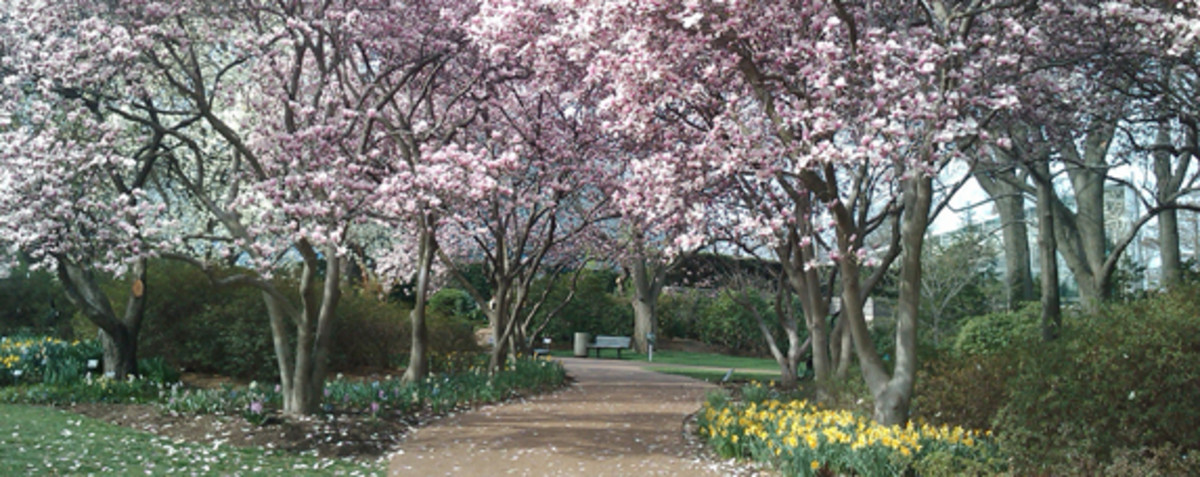A Photographic Journal of Natural Wonders
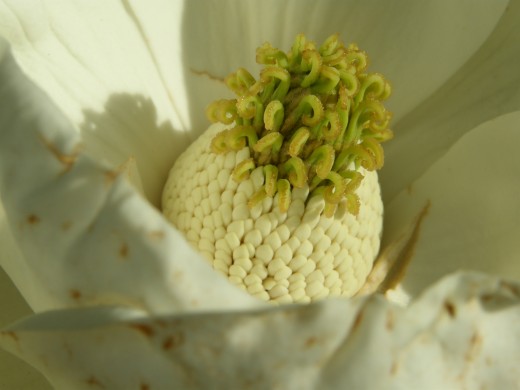
My hometown was ravaged by a tornado in April. Homes were obliterated next to schools left unscathed as children lined the hallways. The devastation was difficult to wrap your mind around. As I drove toward the foothills of the Appalachians that I now call home, my memory called -- the Magnolia State, the Hospitality State. Near the Mississippi and Alabama State borders grow hundreds of magnolia trees planted to bring the State Tree notoriety. It struck me how the magnolias were untouched, while pines and other trees lumbered nearby on the ground.
I know from personal experience that once you touch a magnolia bloom, it turns brown. This bloom had obviously been 'touched,' but it had survived. I saw the delicate balance of humanity in this blossom. We are weary and scarred, but we are strong at our cores. We live on. We rejuvenate.
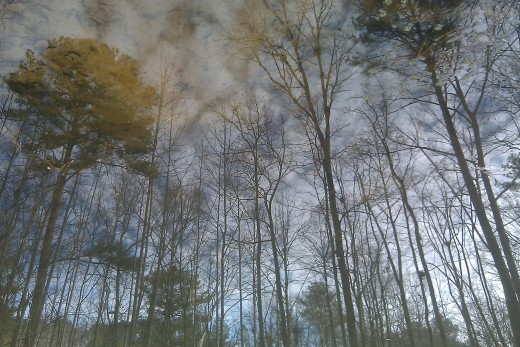
These are two different photographs (above and below) although they may look the same. They appear to be mirror images, but there are subtle differences. Both photos are the reflection seen in a pond. One was taken upright and the other was taken upside down. One photo contains clouds. The other contains ripples created by a rock I tossed into the pond which had the effect of hiding the clouds. It reminded me how our actions can have instant and even lasting affects. It reminded me also, how inaction changes nothing.
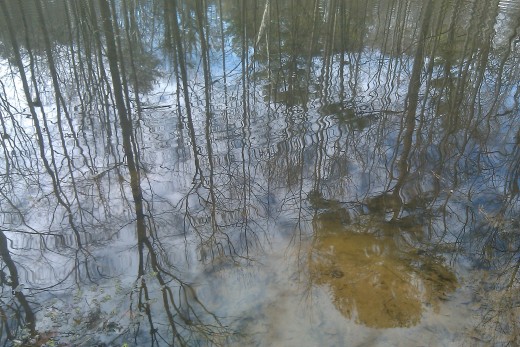
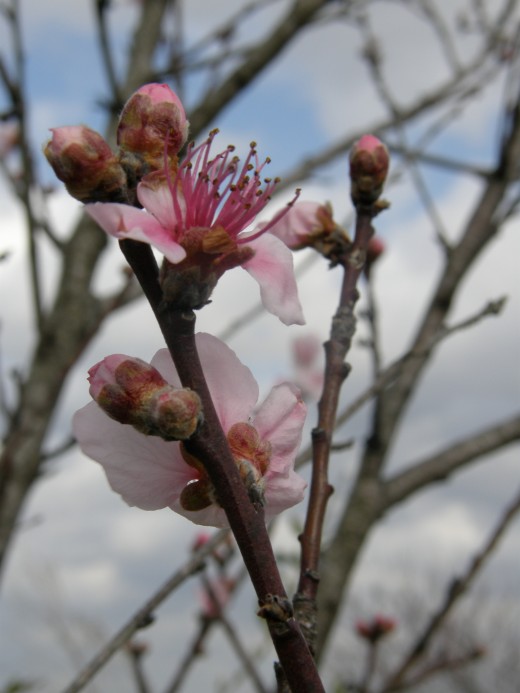
This cherry tree blooms on the barbed fence line where I live every year. This past spring I decided to get a closer look. As I got closer to the tree with my camera, I recognized how the puffy white clouds and deep blue sky made a perfect backdrop for the contrast of the pink blooms.
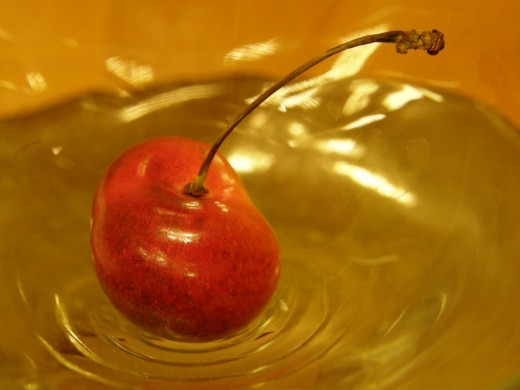
While eating my favorite California cherries this past season, I realized this one was a perfect work of art and too pretty to eat. Trying to memorialize it, I tried water, ice, and fabric as a backdrop, but finally decided on this martini glass under direct light with the use of a ceramic platter to give it complimentary color. I finally ate the poor cherry. It was delectable and I now have the picture to remind me!
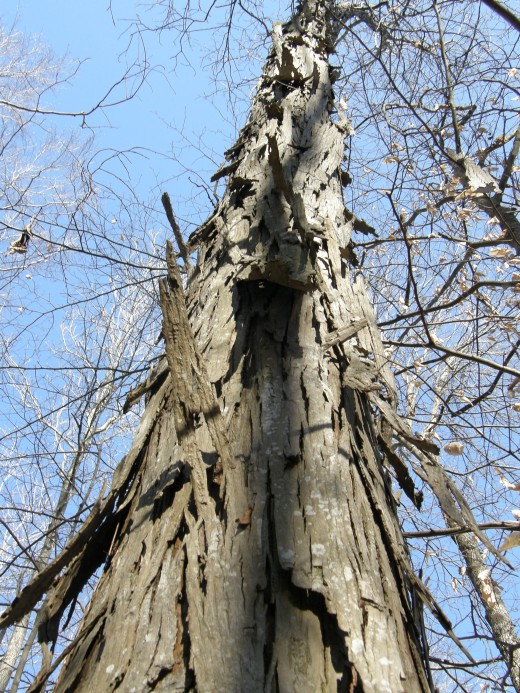
The bark on this hickory tree looks old and haggered, yet it is characteristic of the tree. I found this "old hickory' along a hiking trail in Tennesse and was totally mezmerized by the view looking up. The shadow created by the tree standing in it's own shadow means it was high noon.
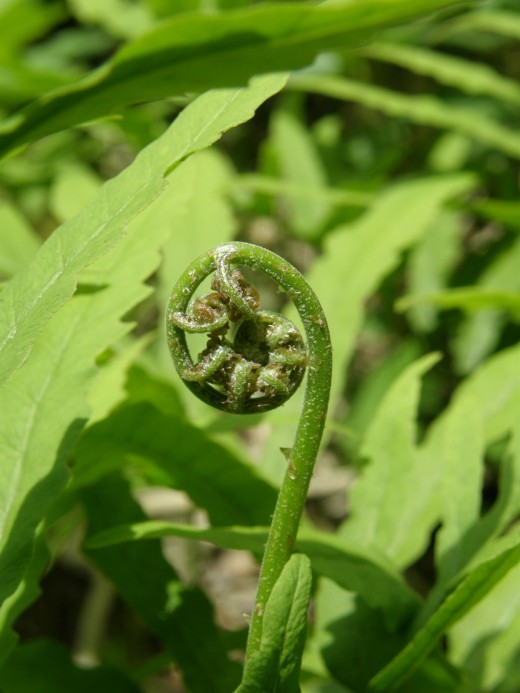
In the Cumberland Plateau of Tennessee cascades a 100' waterfall called Virgin Falls. The volume of water is so vast that it's difficult to get too close to the falls. However, the greenery around the perimeter of the falls is replete with ferns, mosses, and other wild beauties. I was never able to identify this species, but I paid homage. And it in turn, seems to be paying homage to the falls.
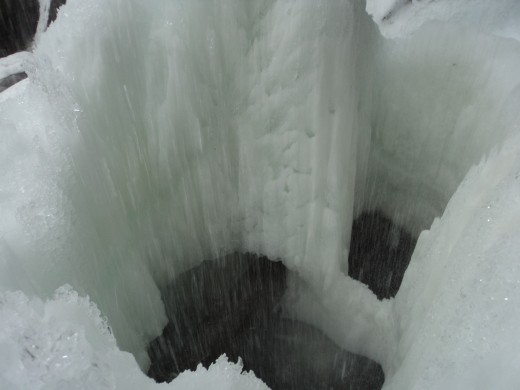
A frozen waterfall in the Sipsey Wilderness of Alabama created this enormous vortex. Water plunged over the edge for 10-15' wide where the water was totally frozen in time. Yet at the very center of the falls, this vortex had been created and water continued to pummel through it. It turned to a beautiful blue-green snowy ice. You cannot tell from the photograph, but the drop (the hole) is approximately 20'.
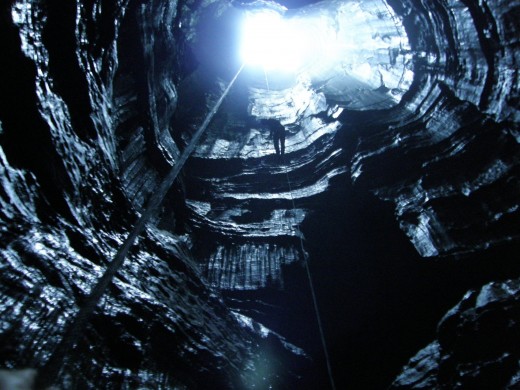
This 180' desent is called Natural Well. The walls have been naturally carved out by water over centuries. The Well spirals downward for another hundred feet or more into a very small apex underground where the water escapes into the underground water table never to be seen again.
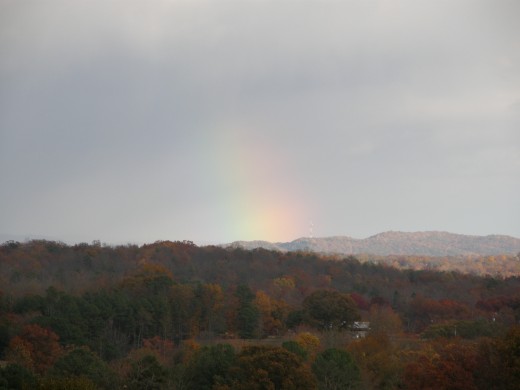
It's not every day that you see a rainbow rising out of the fall colors of a mountain range. I was able to see this rainbow from beginning to end across several hundred acres of land, but I was only able to capture pieces of it at a time in my lens.
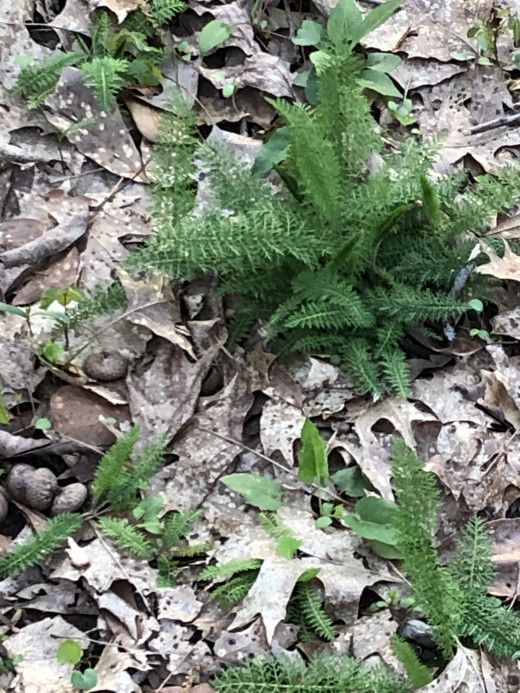
There are more than 20,000 known varieties of fern. They are one of the earth’s oldest plants. You can find them in any forest enjoying the shade and occasional rays of sun. They show us that you can be beautiful without being showy.


